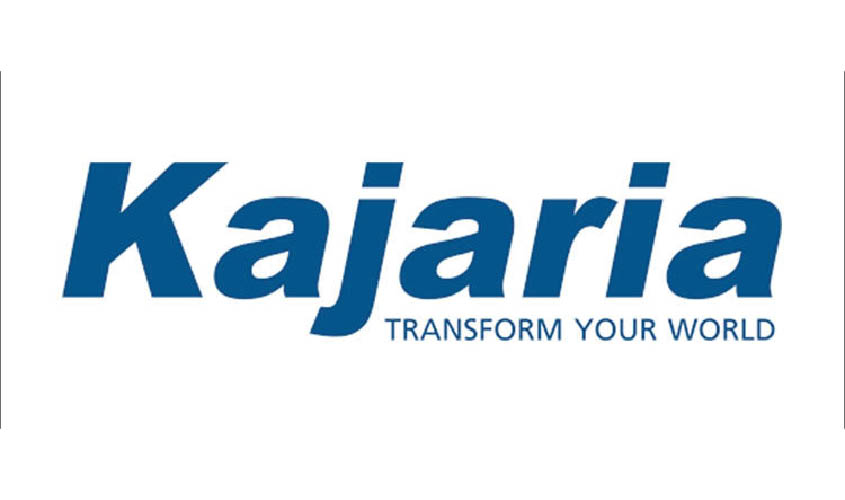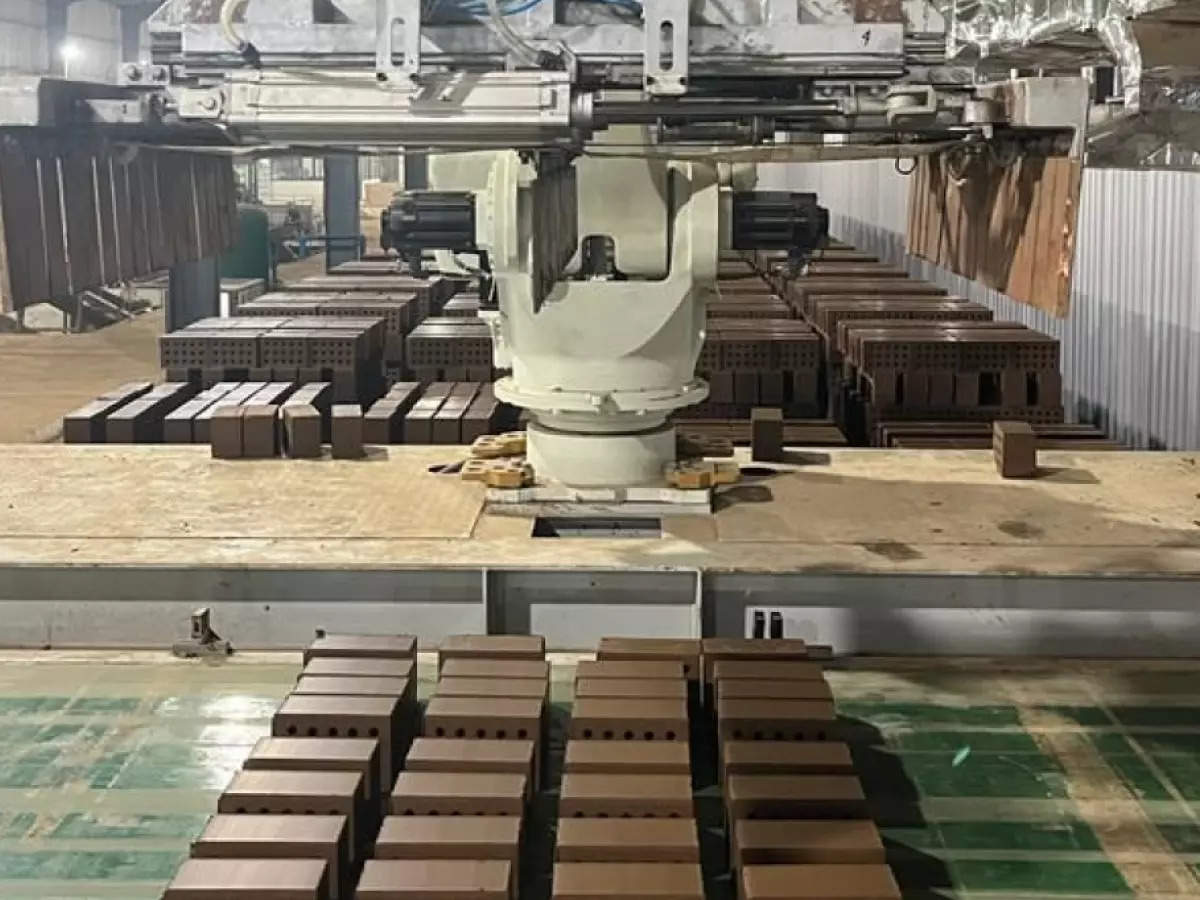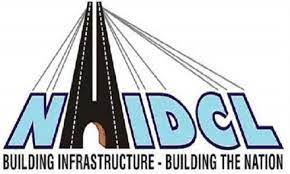E - PAPER
Reiterate ‘hold’ for Tata Steel, JSW
As prospects of Chinese steel demand decline for CY19 become more and more acute, Indian steel players are rediscovering the perils of high leverage in a deep cyclical sector. What is also disconcerting and what we have highlighted briefly post our visit to JSW Steel plant is the lack of depth in th
 BY
admin
BY
admin
Published - Friday, 21 Dec, 2018

As prospects of Chinese steel demand decline for CY19 become more and more acute, Indian steel players are rediscovering the perils of high leverage in a deep cyclical sector. What is also disconcerting and what we have highlighted briefly post our visit to JSW Steel plant is the lack of depth in the Indian steel market. Historically, premier players like Tata Steel and JSW has been pushing HRC into domestic market through subsequent expansions while undertaking measured CRC investments and hoping for the same to get domestically absorbed.
However, there is a real risk emerging, that Indian market may be getting saturated in its ability to absorb the same. FY18 witnessed, for the first time in the last 14 years, India turning to a net exporter of both HRC and CRC — the trend continues with Apr–Oct’18. This trend is also resounding with the latest JPC data of relative weakness in the overall flats demand in the country, a trend which can easily exacerbate in the coming years. Hence, when we witness the strategy of Indian steel players of subsequent expansion based on first HRC followed by some measured CRC capacities, perhaps a discounted value on landed price (similar to what prevailed prior to CY04) is what is about to start getting into practice. This will have negative margin implications for Tata Steel and JSW — We remain cautious on both and reiterate our HOLD rating on the names.
The signs of stress are imminent as India consolidates its net exporter status in both HRC and CRC. FY18 witnessed the first shift after 14 years, as market was not yet ready to absorb the latest increase in HRC/CRC capacities. 7MFY19 while experiencing a drop in flat product exports YoY, is still consolidating on this trend. Higher utilisation of recently acquired NCLT assets, Dolvi expansion and finally KPO phase 2, along with what comes across as quite shallow — a market to absorb all these capacities (specially in the high value add segment), will only increase exports further.
RELATED STORY VIEW MORE
NEWS LETTER
Subscribe for our news letter
E - PAPER
-

CURRENT MONTH 
LAST MONTH















